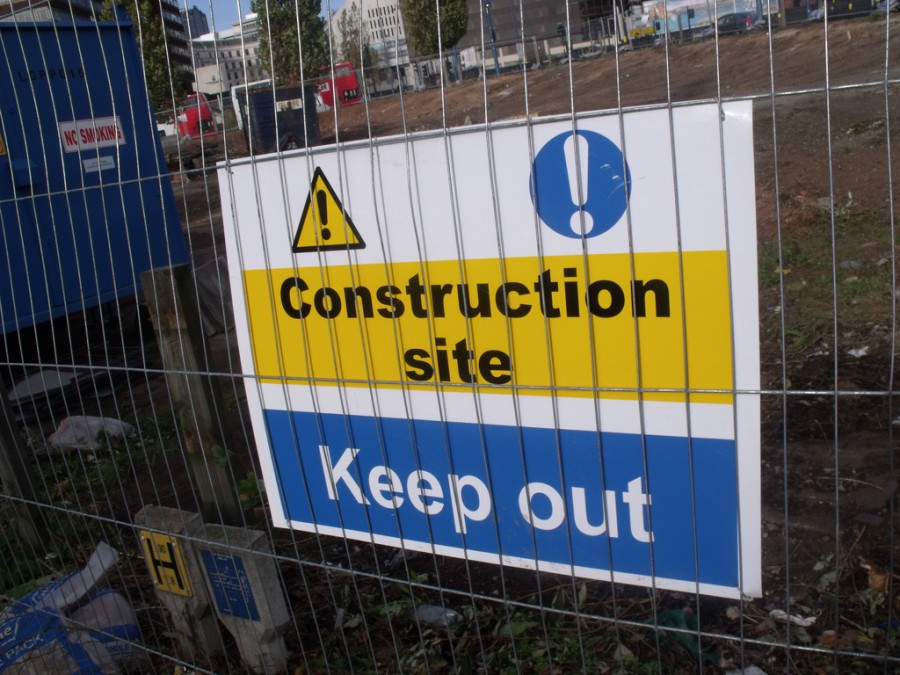Although Glenigan’s October Index indicates a welcome stabilising of project-starts levels, sluggish activity persists, with the value of underlying work commencing on-site falling 27% during the three months to September to stand 23% lower than a year ago.
However, despite overall stagnation, civil engineering project-starts proved a bright spot for the construction industry, rising 1% against the preceding quarter as well as 11% against the same period last year.
UK Construction has been buffeted by a series of disruptive events over the past six months, and the headwinds are predicted to get even stronger in Q.4 2022 and Q.1 2023.

The Russia-Ukraine war and resulting materials, energy, and fuel price inflation as well as the introduction of new building regulations and a new Government, have certainly impacted confidence.
However, the market is showing signs of stabilising with September Index figures slightly up on August’s. This implies the industry is cautiously getting back on its feet, but there’s no doubt it will be an uphill battle.
Particularly, last week’s Sterling collapse, and higher than anticipated interest rates are predicted to further compound rising costs of imported materials and commodities.
Sector Analysis – Residential
Residential project-starts weakened significantly during the three months to September. The value fell by a third against the preceding three months to stand 24% lower than a year ago.
Similar to the September Index, social housing project-starts also suffered, declining 13% against the preceding quarter and 36% compared with 2021 levels.
Private housing construction-starts performed especially poorly against the preceding quarter (-37%) to stand a fifth lower than the previous year.
Sector Analysis – Non-Residential
Most non-residential sectors experienced sharp declines in project-starts during Q.3, including education and health which respectively weakened by 37% and 39% against the preceding quarter. Education project-starts tumbled 46% on the previous year while health work commencing on-site dropped 26%.
Office project-starts also faltered on strong performance in Q.1 and Q.2 2022, continuing a downward journey observed in Q.3, with project-starts declining 30% against the preceding three months as well as 37% compared with the year before.
Further echoing the downward trend, industrial (-13%) and retail (-14%) experienced relatively small declines against the preceding quarter but suffered falls of 16% and 27% respectively against the previous year.
Hotel & Leisure provided some small silver linings with project-starts increasing 13% during the three months to September. However, project-starts remained 28% down on a year ago.
Civil engineering was the only non-residential sector vertical to experience a value increase against both the preceding quarter and the previous year. Project-starts performed well against the preceding quarter, increasing 1%, and rose 11% against the same time in 2021. This growth can be largely attributed to the value of utilities work starting on-site, which increased 3% against the preceding quarter and 31% compared with the year before.
Infrastructure starts were largely unchanged against both the preceding quarter and the previous year.
Regional Outlook
Overall UK regional performance was poor, with every region in England suffering declines in project-starts.
The North East and the East of England experienced the greatest falls in project-starts against the preceding quarter, falling 38% and 36%, respectively. Both regions also dipped on the previous year, declining 30% and 29%.
London suffered the worst performance of any region against the year before, falling down 45% compared with 2021 levels, while the value of work starting on-site slipped back 30% on the preceding quarter.
Scotland also performed particularly poorly, with project-starts falling by more than a quarter (-26%) against the preceding quarter to stand a fifth lower than a year ago.
More positively, Northern Ireland maintained its strong performance, with project-starts increasing 31% against the preceding quarter to stand 51% up on a year ago.
Work starting on-site in Wales also performed relatively well, remaining unchanged on the preceding quarter to stand 7% up on a year ago.
Commenting on the findings in the October Index, Rhys Gadsby, Senior Economist at Glenigan, says: “The rapid decline in project-starts of recent times has, encouragingly, stabilised over the three months to the end of September. The cost of imported construction materials and supplies, however, is projected to continue creeping up in the coming months due to a weakening pound and higher than expected interest rates.
“This will likely cause fresh challenges for the construction industry, suggesting that we’re not out of the woods yet. However, the industry can take hope from signs of individual vertical recovery, for instance civil engineering project-starts which posted a period of growth against last year.”




















